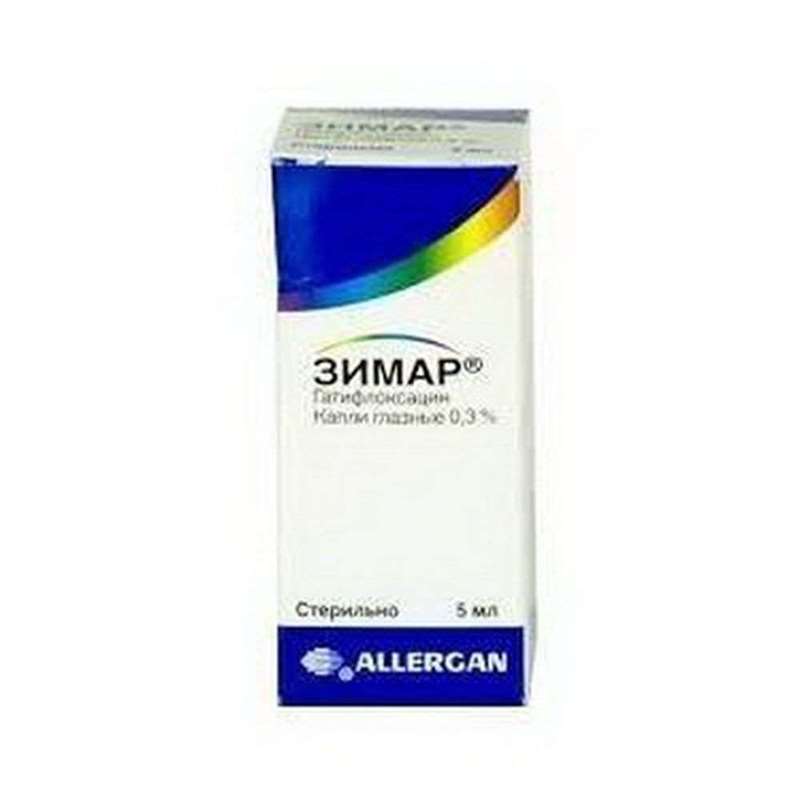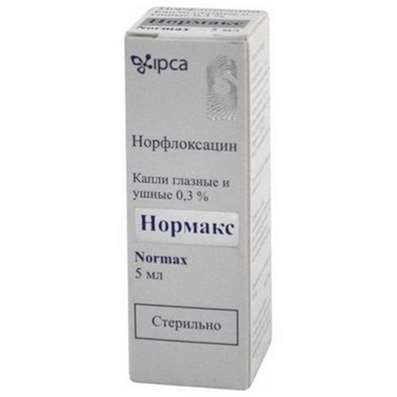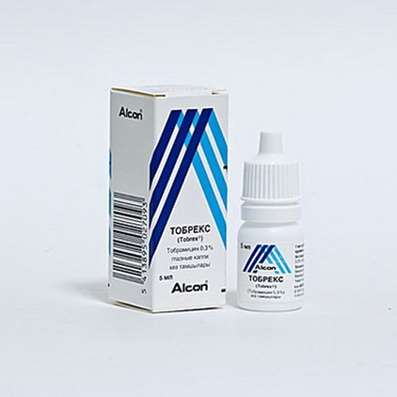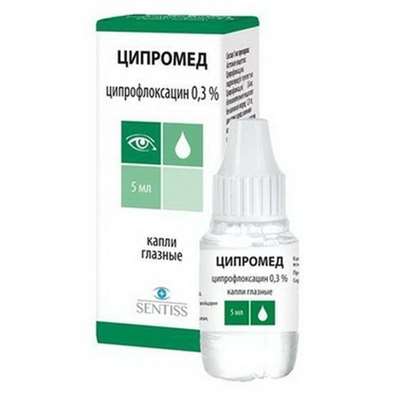Zimar eye drops - is an antimicrobial agent of the fluoroquinolones group. In ophthalmology is used topically for the treatment of bacterial conjunctivitis, which are caused by microflora, sensitive to the main active substance.
Gatifloxacin - 8-methoxy fluoroquinolone with substitution of 3-methylpiperazinyl at the C7 position. The antibacterial effect of gatifloxacin is due to inhibition of DNA gyrase and topoisomerase IV. DNA gyrase is an enzyme involved in the replication, transcription and repair of bacterial DNA. Topoisomerase IV is an enzyme that plays a key role in the separation of chromosomal DNA during the division of a bacterial cell. The mechanism of action of fluoroquinolones, including gatifloxacin, differs from the mechanism of action of antibacterial drugs of the group of aminoglycosides, macrolides and tetracyclines, therefore gatifloxacin can be active against pathogenic bacteria that are resistant to the antibiotics listed above, and they, in turn, can be active against pathogenic bacteria resistant to gatifloxacin. There is no cross-resistance between gatifloxacin and the antibiotics listed above.
In vitro studies demonstrated that resistance to gatifloxacin develops as a result of multistage mutations and occurs at a frequency of 1x107 - 1x1010.
Gatifloxacin is active against most of the following strains of bacteria, both in vitro and in clinical use:
Aerobic Gram-positive bacteria: Corynebacterium propinquum, Staphylococcus aureus, Staphylococcus epidermidis, Streptococcus mitis, Streptococcus pneumoniae.
Aerobic Gram-negative bacteria: Haemophilus influenza, Pharmacokinetics
After instillation of 0.3% eye drops of gatifloxacin, the concentration of gatifloxacin in the blood plasma remains below the threshold of analytical determination (5 ng / ml).
Indications:
Treatment of bacterial conjunctivitis caused by drug-susceptible pathogens.
Contraindications:
- Hypersensitivity to gatifloxacin, other quinolones, as well as other components of the drug.
- Children up to 1 year.
Carefully:
- In patients receiving preparations of a quinolone series of systemic action, including gatifloxacin. In this category of patients, severe hypersensitivity reactions (anaphylactic reactions), and in some cases with fatal outcome, are noted, in some cases after the first administration of the drug. Individual reactions were accompanied by cardiovascular failure, loss of consciousness, angioedema (including laryngeal edema, pharynx or face swelling), airway obstruction, shortness of breath, itching and urticaria.
- Pregnancy.
- Breastfeeding period.
- Patients with a history of allergic reactions to other topical preparations containing gatifloxacin. There is very little information about the development of Stephen-Johnson syndrome after topical application of gatifloxacin. At the first signs of allergic reactions should immediately stop taking the drug.
Special instructions:
Long-term (more than 28 days) application of Zimar, as well as other antibacterial drugs, can lead to the growth of insensitive microorganisms, as well as fungi. If there is a superinfection, the drug should be discontinued and an alternative therapy should be prescribed.
During treatment with Zimar, contact lenses are not recommended.
Zimar is not used for injections, including for subconjunctival injections, do not inject the drug into the anterior chamber of the eye.
Do not allow the tip of the dropper bottle to come in contact with the eye mucosa, skin of hands and any surfaces.
Impact on the ability to drive vehicles and manage mechanisms
When instillation of the drug, short-term blurring of vision is possible, therefore, it is necessary to refrain from driving vehicles and performing activities requiring an increased concentration of attention and speed of psychomotor reactions, until vision is restored.
Suggested Use:
Locally. The drug is instilled during the waking period.
The 1st and 2nd days are instilled by 1 drop into the affected eye every 2 hours, up to 8 times a day.
From 3 to 7 days instilled in 1 drop to 4 times a day.
Packaging:
- Comes in original packaging. Item is brand new and unopened.
Storage:
- Keep away from direct sunlight.
- Keep locked and away from children.
- Store in dry place at room temperature.
- Do not exceed storage temperature higher than 25 C
Important notice- the outer box design may vary before prior notice!

 Cart
Cart





